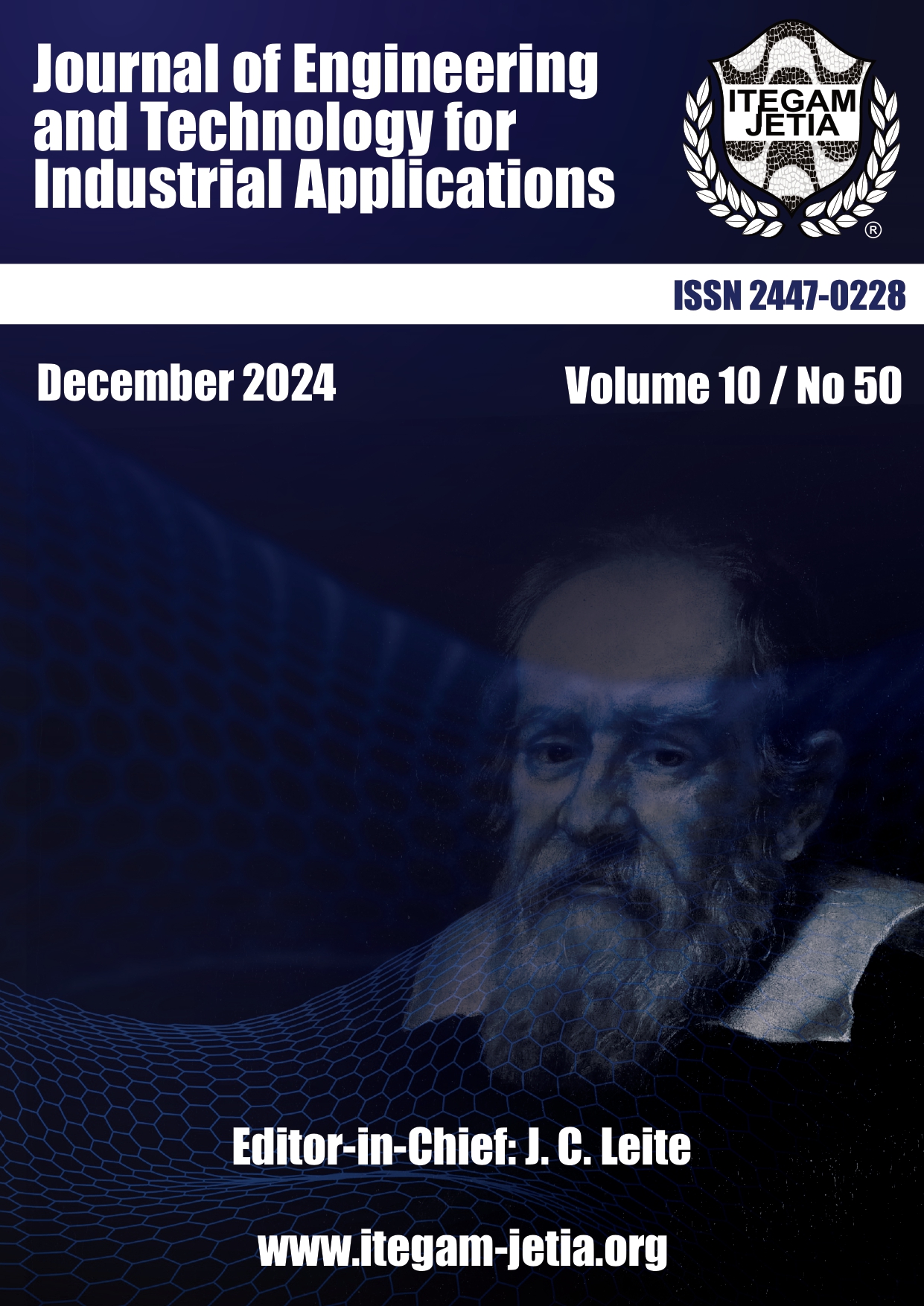Smart Intersection and IoT: Priority Driven Approach to Ubran Mobility
Abstract
The recent growth in car use and population have been identified as potential drivers of municipal traffic congestion, particularly in emerging nations with inadequate road networks. In Nigeria, for example, traffic wardens and traffic lights are prominent traffic control measures used to ease traffic congestion at major road intersections. However, stress, public anger, and rash traffic signal judgements restrict the effectiveness of these tactics, resulting in delayed mobility, decreased transit times, and a climate disaster. Recent solutions have emphasized emerging technologies like the Internet of Things (IoT), artificial intelligence (AI), and artificial neural networks (ANW). Consequently, the efficient use of these technologies can provide a sustainable future for city traffic management in Sub-Saharan Africa. This model seeks to develop a low cost internet-of-things traffic surveillance system to improve vehicle mobility on a Nigerian closed campus. The goal is to alleviate the academic community's problem of peak-hour traffic congestion by delivering real-time traffic updates.
Downloads
Copyright (c) 2024 ITEGAM-JETIA

This work is licensed under a Creative Commons Attribution 4.0 International License.











